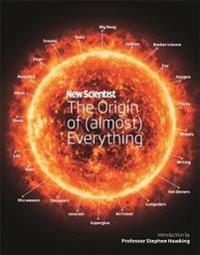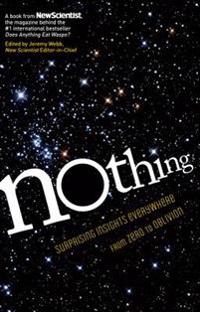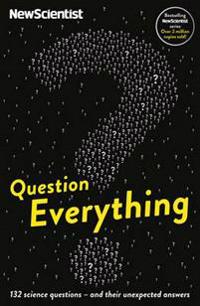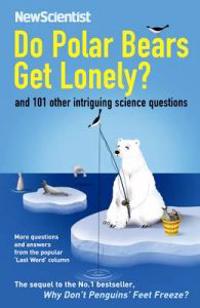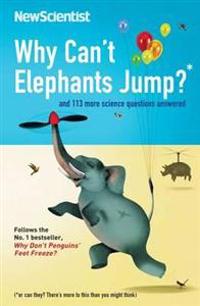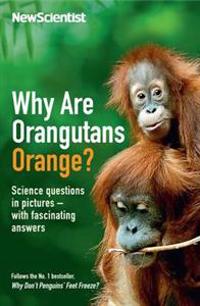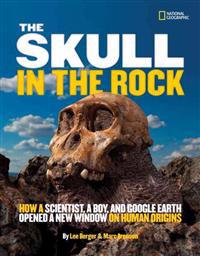New Scientist: The Origin of (Almost) Everything
ISBN: 9781473629257 - UTGIVEN: 2016-09DOES ANYTHING EAT WASPS meets INFORMATION IS BEAUTIFUL: A full-colour infographic journey through life, the universe and everything.[...]
New Scientist: The Origin of (almost) Everything
ISBN: 9781473629356 - UTGIVEN: 2018-03Introduction by Professor Stephen Hawking.When Edwin Hubble looked into his telescope in the 1920s, he was shocked to find that nearly all of the galaxies he could see through it were flying away from one another. If these galaxies had always been travelling, he reasoned, then they must, at some poi[...]
Nothing: Surprising Insights Everywhere from Zero to Oblivion (Häftad)
avJeremy Webb, New Scientist, Jeremy Webb
ISBN: 9781615192052 - UTGIVEN: 2014-04Incredible discoveries from the fringes of the universe to the inner workings of our minds all from nothing It turns out that almost nothing is as curious or as enlightening as, well, nothing. What is nothingness? Where can it be found? The writers of the world's top-selling science magazine investi[...]
Do Polar Bears Get Lonely? (Häftad)
avNew Scientist
ISBN: 9781846681301 - UTGIVEN: 200810Following the phenomenal success of "Does Anything Eat Wasps?" and the even more spectacularly successful "Why Don't Penguins' Feet Freeze?", this collection includes a bumper crop of wise and wonderful answers.[...]
Why Can't Elephants Jump? (Häftad)
avNew Scientist
ISBN: 9781846683985 - UTGIVEN: 201010What's the storage capacity of the human brain in gigabytes? What's the farthest point on land from the sea? Why is frozen milk yellow? And why do flamingos stand on one leg? This book compiles readers' answers to these questions in the "Last Word" column of "New Scientist".[...]
Why are Orangutans Orange? (Häftad)
avNew Scientist
ISBN: 9781846685071 - UTGIVEN: 201110Why don't Penguins' feet freeze? Do Polar Bears get lonely? and Why can't elephants jump? (2010), this collection gives well-informed answers to a range of baffling science questions.[...]
New Scientist: The Origin of (Almost) Everything
ISBN: 9781857886610 - UTGIVEN: 2016-10
From what actually happened in the Big Bang to the accidental discovery of post-it notes, the history of science is packed with surprising discoveries.
Did you know, for instance, that if you were to get too close to a black hole it would suck you up like a noodle (it's called spaghettificat[...]The Skull in the Rock: How a Scientist, a Boy, and Google Earth Opened a New Window on Human Origins (Inbunden)
avLee R. Berger, Marc Aronson
ISBN: 9781426310539 - UTGIVEN: 201210"A fascinating account of an Indiana Jones-style fossil hunter and how his discoveries have changed the way we see human evolution." "--Kirkus Reviews"
In 2008, Professor Lee Berger--with the help of his curious 9-year-old son--discovered two remarkably well preserved, two-million-year-old fossi[...]

